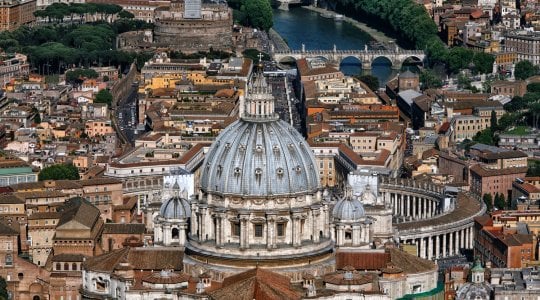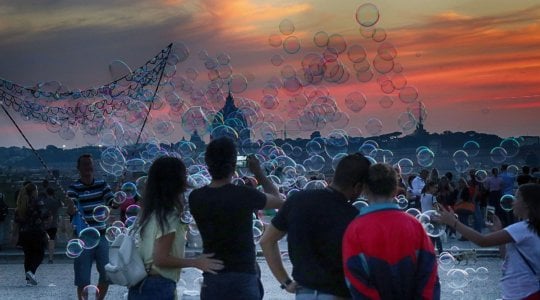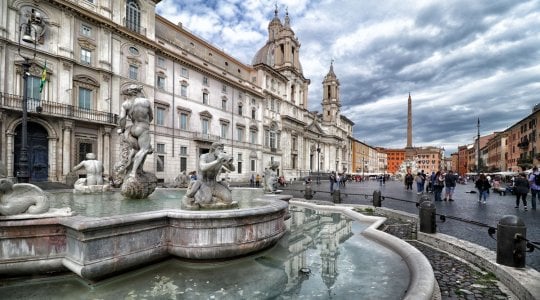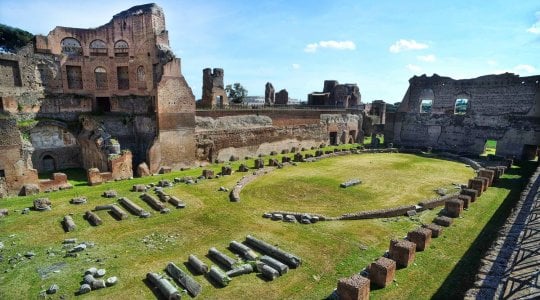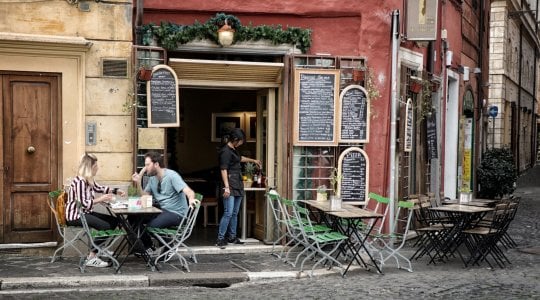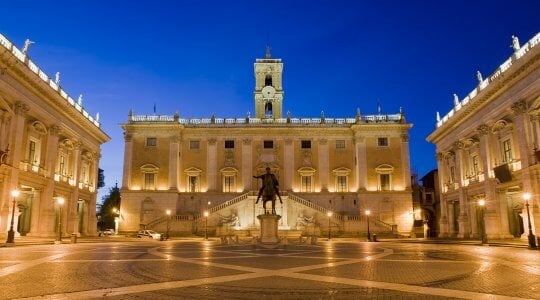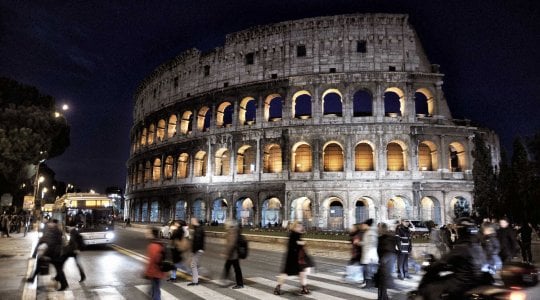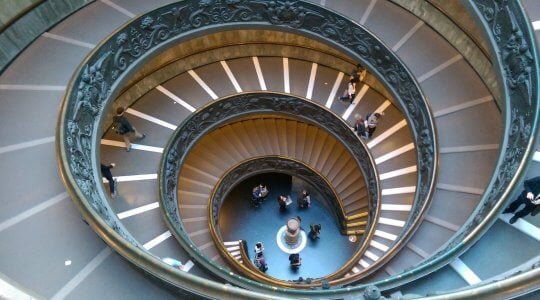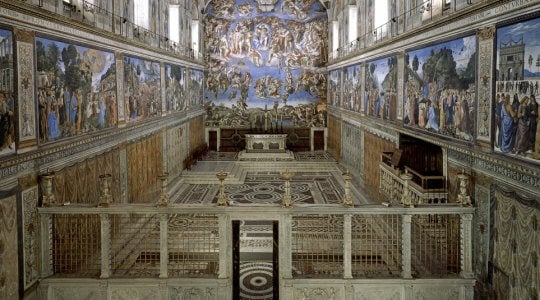Official Reseller Rome and Vatican – Jubilee 2025

Rome neighborhoods: Testaccio
Testaccio is perhaps one of the zones of Rome with the most fascinating history. It belongs to the 1st Municipality and today it is an important pole of attraction thanks to the presence of several cultural institutes but once it was nothing more than a commercial port.
The Testaccio zone over time
The history of Testaccio started a long time ago, when the ships carrying goods up the Tiber River departed from its port and this place was called Emporium Port. Over the centuries, from Roman times to the end of the 19th century, the shards of broken amphorae were accumulated to form a sort of mound. From this derives the name “testaccio” or “monte dei cocci”. At the end of the 19th century, the urbanization process began when many houses were built in Testaccio for the workers who worked along the Via Ostiense and in the other production plants of the area. In the first decades of the 20th century Testaccio became a real neighborhood, known as a popular and even a bit infamous zone. In the 1960s all production plants, from the slaughterhouse to the Centrale Montemartini, were closed, and only later these buildings began a gradual and tiring process of conversion.
The Testaccio zone today
Today the University Roma Tre replaced the former General Markets; the MACRO (Museum of Contemporary Art of Rome) stands where once there was the slaughterhouse and there is the Folk Music School in the area that once was called the mountain of shards. In short, the zone has undergone a radical transformation with time. Today it houses interesting archaeological sites, is a zone of daily life and cultural interest and is the home of the Department of Architecture of the University of Roma Tre.
More than 8.000 people live in Testaccio and most of them are students, but what characterizes the area is a sort of melting pot. Here, in fact, more and less wealthy groups coexist, in a harmonious and human-sized environment, despite being practically in the heart of the big metropolis. Those who live at Testaccio love defining this neighborhood as a kind of village within the city.
Where to go in Testaccio
Testaccio is very pleasant due to the possibility of using the so-called diffused museum: the sites of historical and cultural interest are numerous and for the most part can be visited freely. As already mentioned, the MACRO is located very close to the picturesque Lungotevere promenade. A few steps away, it is possible to admire the Pyramid of Cestius: a gigantic Egyptian-style funeral monument.
The heart of the area is the Piazza Santa Maria Liberatrice, overlooked by the church of the same name and the Victoria Theatre. In center of the square stands a garden with numerous trees that serves as a pole of attraction and meeting place. In this area you can enjoy Rome in all its most “plebeian” beauty, true and human.
The neighborhood is loved by students for the many services it offers but also for the lively * nightlife * (in Via di Monte Testaccio there are many clubs one after the other) and by families, because this is a place where the face of one’s neighbor is still known. The old taverns have been converted into modern pubs and clubs, confirming Testaccio’s vocation as a place where people can come together to be together and have fun.
Getting to Testaccio is very easy, as the neighborhood offers numerous public transports.
From Ostiense station, in the Piramide area, you can take buses n.280, n.23, n.716 or the metro Line B from Piramide Metro Station. From the city center you can get to Testaccio by bus n.95, n.170, n.628 or by tram n.8. Even getting there by car is very easy.
